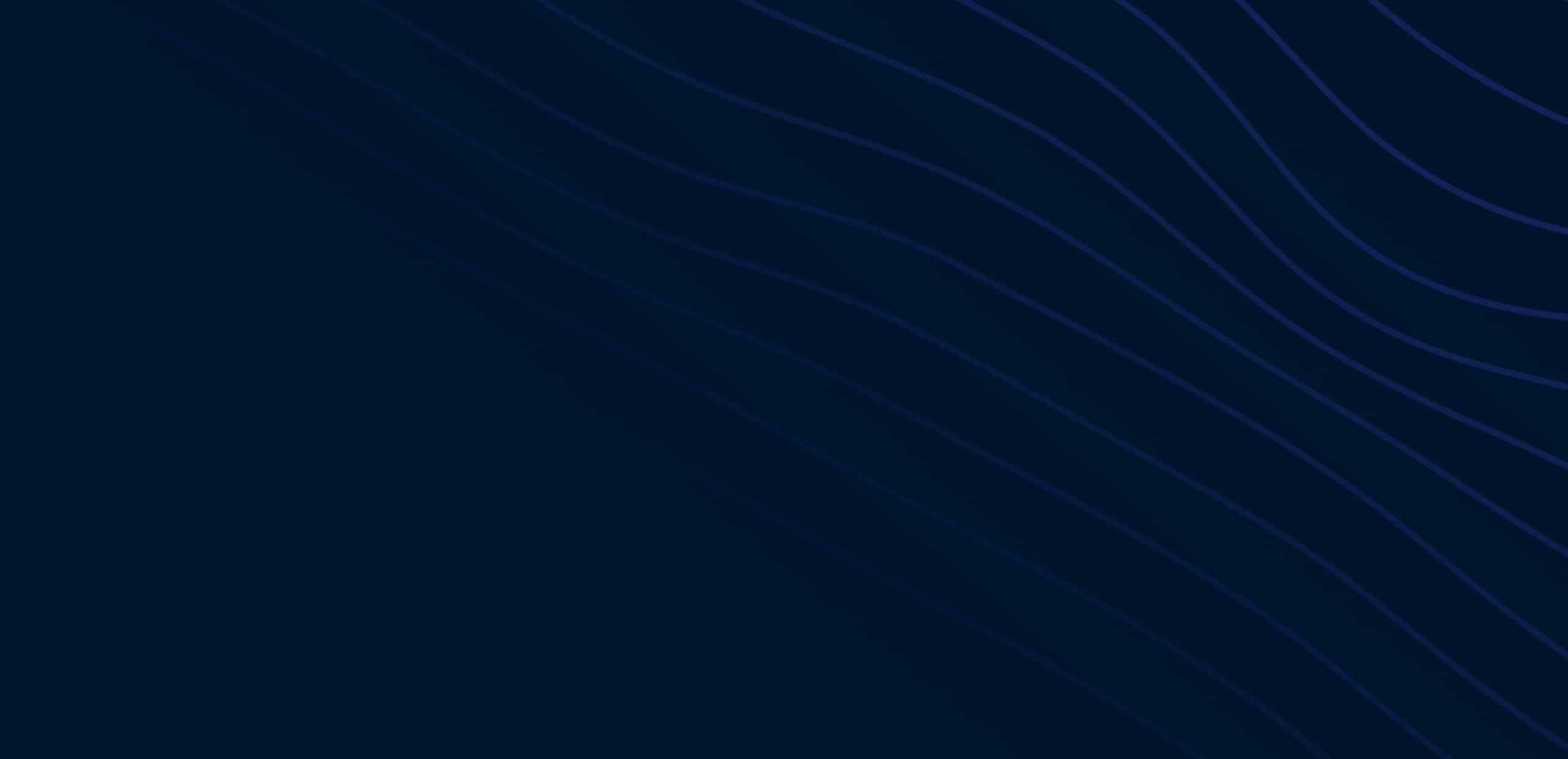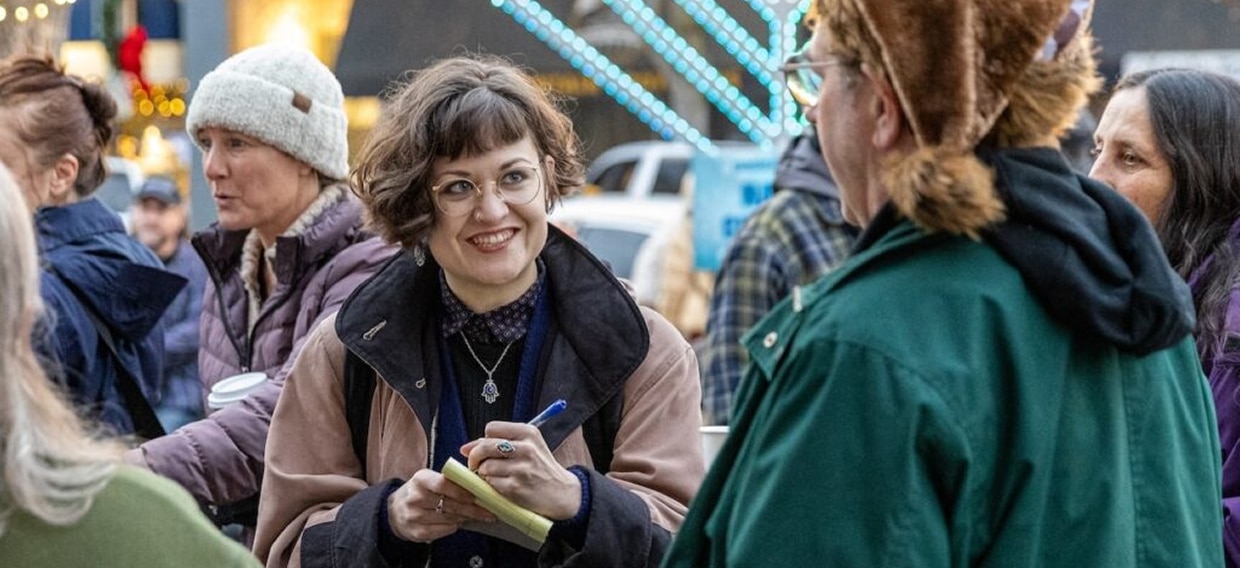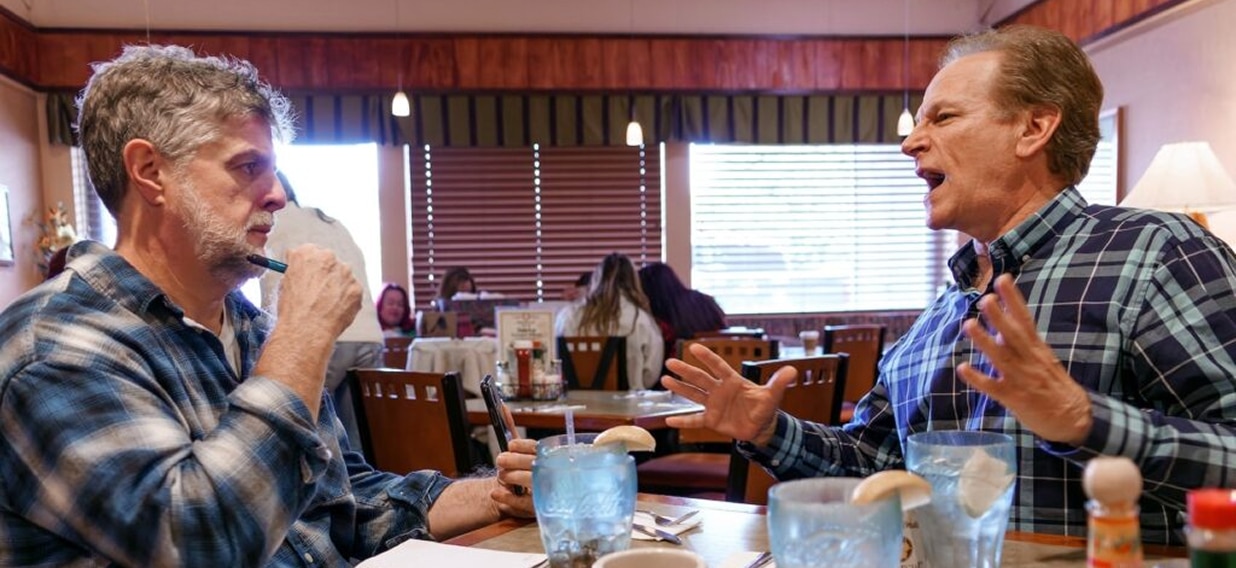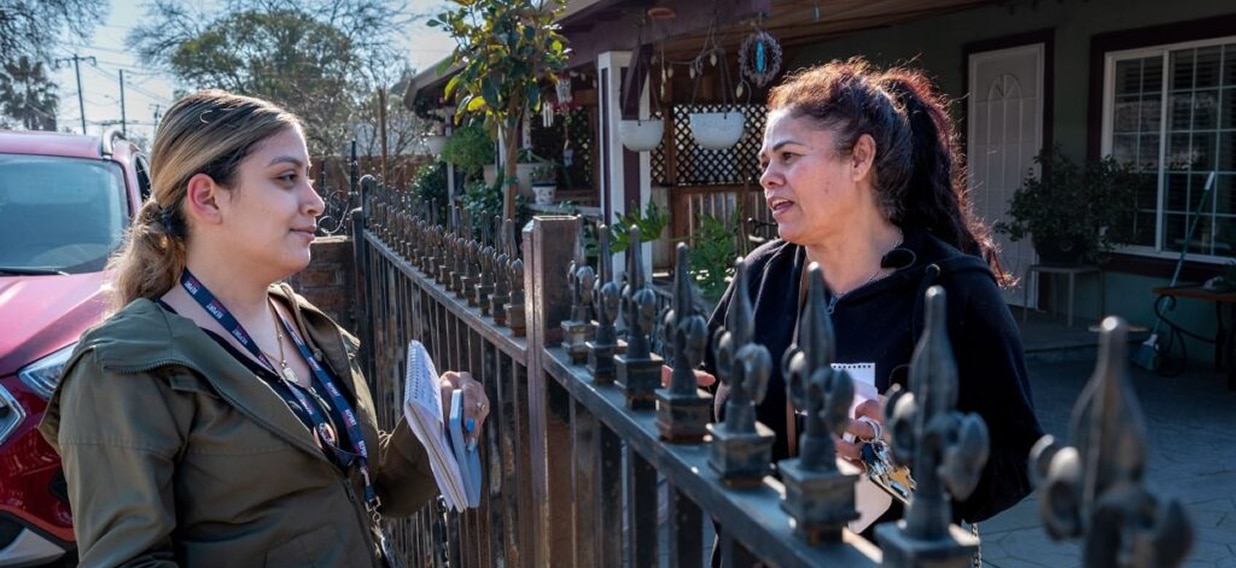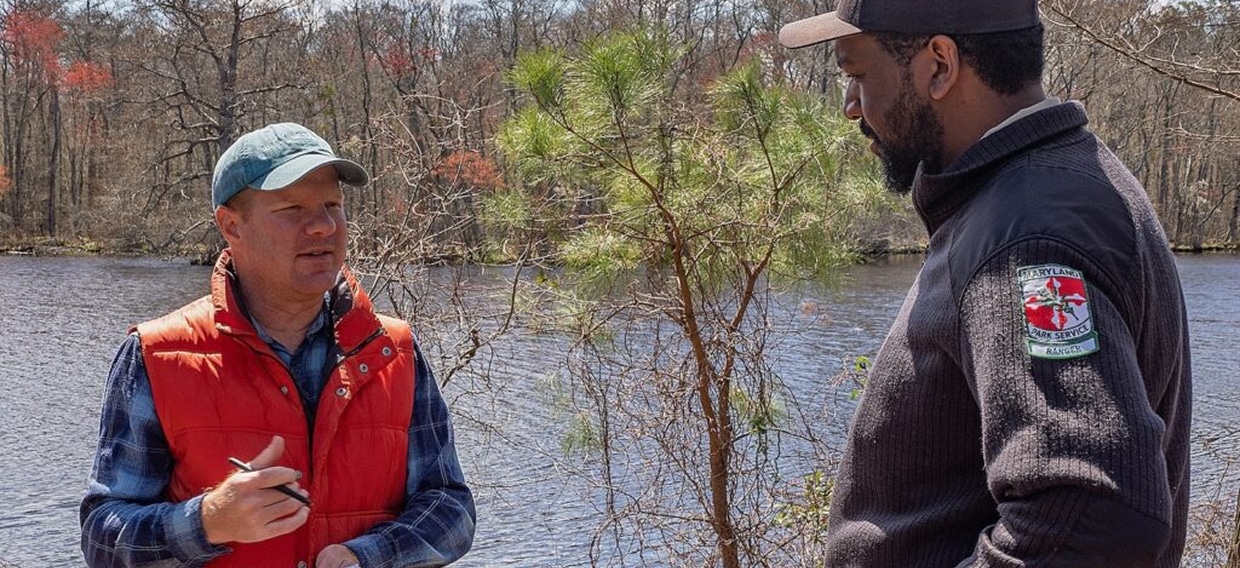In the 20 years I’ve worked in the journalism industry, much time and ink has been spent on the quest to find a new model to pay for local journalism.
I’m here to tell you we’ve been fighting the wrong battle, or at least we have for the past 15 years. It’s time we reframe our thinking and our efforts to focus on the two much more important battles at hand.
Roughly 20 years ago, Joel and Laurie Kramer in Minnesota, Andy and Dee Hall in Wisconsin, John Thornton and Evan Smith in Texas and Neil Morgan and Buzz Woolley in San Diego and Lorie Hearn also in San Diego all established nonprofit local news organizations. (MinnPost, Wisconsin Watch, Texas Tribune, Voice of San Diego and iNewsource respectively.) Those organizations built on the funding model of public media, without the costs of broadcast towers and the publishing style of newspapers, without the printing presses or delivery drivers. Some five years later, they came together in New York to create INN, to share their lessons and their stories and to help them refine the business model.
It worked. Nonprofit news is a viable model to support local journalism at scale. Period. Full stop.
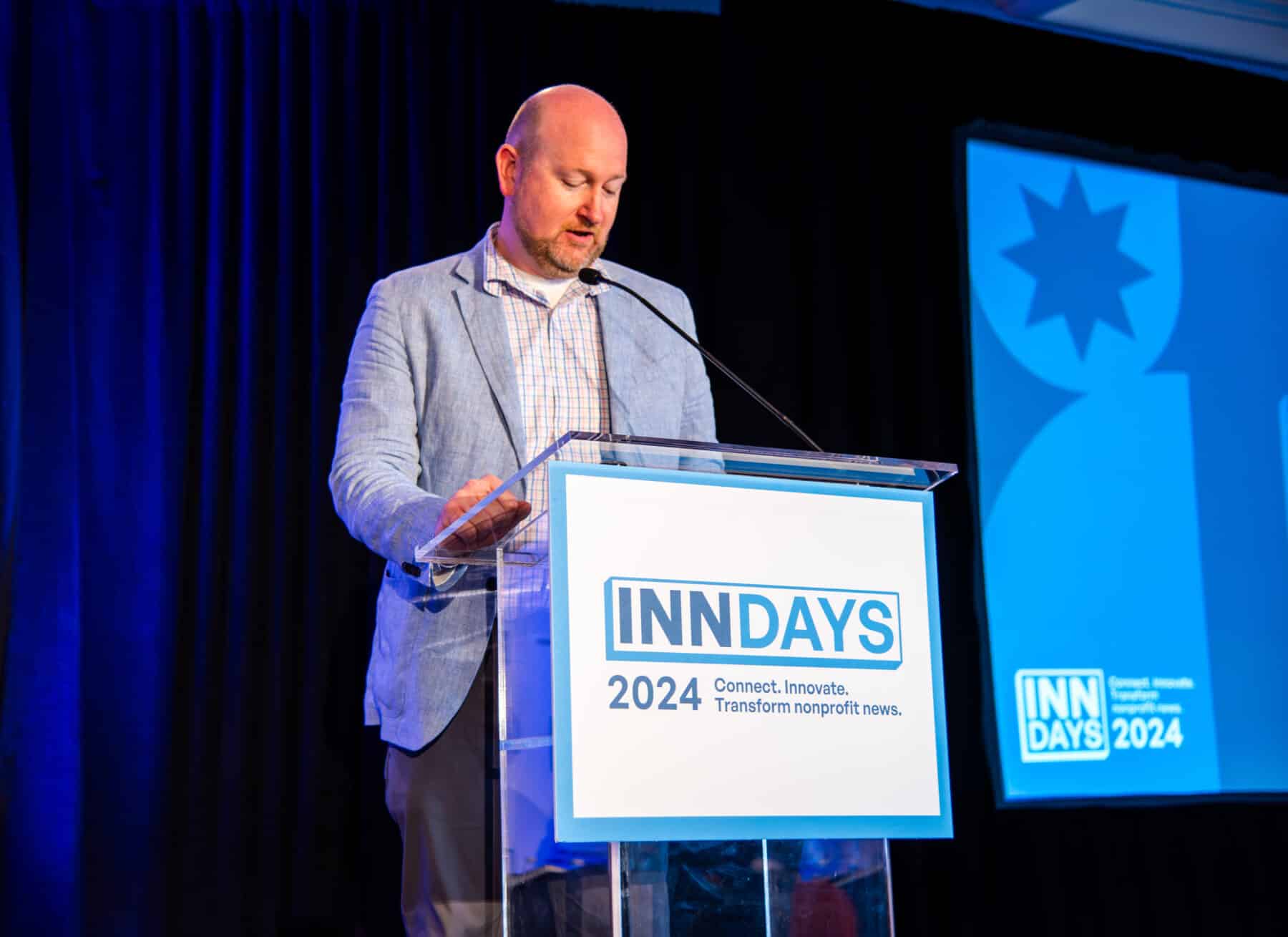
Now, it’s not the only model. What Jeff Elgie and team are doing with Village Media in Canada and what Ken Doctor is doing with Lookout on the West Coast are other, really viable models to support local journalism. Among others. They should be emulated and spread too.
My point, however, is that the model(s) are there.
The people are not.
I’ve been thinking about this for a while. I tried the idea on for size with a number of friends and confidants at the Knight Media Forum in Miami in February. No one looked at me like I had six arms. But I hadn’t quite put all the pieces together. It all came together for me when a friend shared this article from Prospect Magazine in the UK. Here’s a couple choice quotes.
“People watch a lot less television news than they did 10 years ago, and read far fewer printed newspapers, and the number who go to online news sites—rather than relying on social media, search engines, aggregators and the like—is stagnant at best. So is the number of people willing to pay for online news. These trends have for years wreaked havoc on the traditional business of news, leading to thousands of layoffs in newsrooms across the UK. But they do not seem to leave the public feeling lost.”
Or this:
The contract isn’t coming apart because people can’t access journalism, but because they increasingly don’t. People still want reliable, relevant information from sources independent of those in power in business and government. In fact, mountains of research suggest that people appreciate the ideal aspirations of journalism, and want news that helps them understand the world, offers a range of perspectives and maintains independence from those it covers. The contract is coming apart because much of the public does not believe actually existing journalism offers this.
Ouch.
It turns out that while we have been facing inward, chasing the latest pivot, another layoff, the trendiest trend, we forgot to think about our audiences.
And they’re tuning out, disengaging or, frankly, just forgetting about us. And that’s doubly dangerous.
Journalism without an audience is just creative writing. And it’s unsustainable.
Right now, our industry must grapple with two priorities.
First, we must engage with the generational work of convincing Americans that news is a civic and philanthropic priority. It’s something that every community needs and should be funded like other civic institutions, through a mix of earned revenue, philanthropy and government support. Efforts like NewsMatch, Press Forward and the work of every individual news outlet are driving us toward a day when this is a common understanding. And I believe we are on track to actually succeed in this effort, some years down the road. We must keep this effort up, and even accelerate the work.
Where we are truly falling down, however, is connecting with our audiences. For years as our industry rocketed toward the bottom, those of us on the inside could comfort ourselves with the knowledge that we were serving more people than ever before with news. At some point later in the COVID era that trend turned around. People were turning away from news.
With some exceptions and some ups and downs, that hasn’t really changed. And it’s time we got serious about it. It’s not enough to have a devoted base of loyal readers and donors. If journalism is to live up to its highest ideals, it needs to reach audiences at scale. It needs to serve audiences at scale. It needs to be for all the people.
What this is is a call to action. And a call for innovation.
I wish this were a column where I could say “And here’s the solution.” I WISH I had the solution. But I don’t. And most likely the solution, like the model to support local journalism, will actually be multiple solutions.
What this is is a call to action. And a call for innovation.
What is the next Documenters program, CityBureau’s decade-old program to involve the community in reporting. What is the next Outlier Media, which leverages SMS to both understand community information needs and to meet them.
This is a call to action for funders to invest not just in the production of journalism, or the refinement of the system that supports journalism, but also to invest in the mechanism of finding and meeting the audience where they are.
This is a call to the journalism support organizations not just to focus on finding and optimizing audiences who are likely to give, but the whole audience. To invest in reaching people who aren’t likely donors as well as those who are.
This is a call for boldness, and for dissatisfaction with the status quo of who we’re reaching and how we’re serving them.
Let’s set our sights high now, while we still can. The people need us, and we need them.

